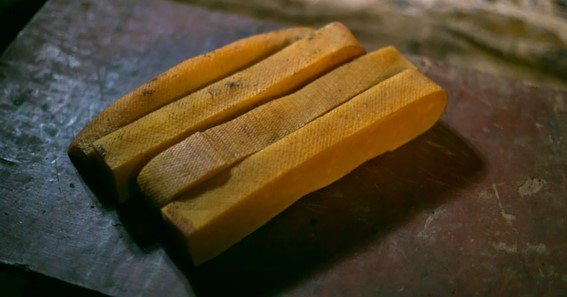Himalayan cheese treats, often referred to as yak chews, have gained popularity as durable and natural dog chews. However, their premium pricing can be attributed to several factors, including traditional production methods, sourcing challenges, and importation costs.
Factors Contributing to the Expense of Himalayan Cheese Treats
- Traditional Production Methods Himalayan cheese treats are crafted using age-old techniques that involve boiling yak and cow milk, adding salt and lime juice to curdle it, and then compressing the curds into blocks which are dried or smoked for several weeks. This labor-intensive process ensures a high-quality product but also increases production costs.
- Sourcing Challenges The primary ingress is dominantly found. Collecting sufficient quantities of milk in these remote areas poses logistical challenges, contributing to the overall cost of the final product.
- Importation and Distribution Costs Transporting these treats from the Himalayas to international markets involves significant expenses, including shipping, customs duties, and compliance with import regulations. These costs are reflected in the retail price to ensure profitability for producers and distributors.
- Market Demand and Perceived Value The growing popularity of natural and long-lasting dog chews has increased demand for Himalayan cheese treats. Consumers often perceive these products as healthier alternatives to synthetic chews, allowing retailers to maintain higher price points.
Conclusion
The premium pricing of Himalayan cheese treats is a result of their traditional production methods, sourcing challenges in remote regions, and the costs associated with importing and distributing the product to global markets. Additionally, market demand and the perceived health benefits contribute to their higher price point.
FAQ’s
What are Himalayan cheese treats made of?
They are made from yak and cow milk, salt, and lime juice, following traditional methods.
Why are these treats considered healthier for dogs?
They are all-natural, high in protein, and free from artificial additives, making them a healthier alternative to synthetic chews.
Do all Himalayan cheese treats come from the Himalayas?
Authentic treats are sourced from the Himalayan region, but some products may be produced elsewhere using similar methods.
How long do these treats typically last?
Due to their hard texture, they can last for several hours to days, depending on the dog’s chewing habits.
Are there any risks associated with these treats?
As with any hard chew, there’s a risk of dental fractures or choking. It’s important to supervise your dog while they’re enjoying the treat.










